Have you ever looked up at the night sky and wondered what happens when a star dies? It’s a question as old as humanity itself. The answer lies in one of the most powerful and awe-inspiring phenomena in the universe: supernova explosions. These cosmic fireworks not only light up the night sky but also play a crucial role in shaping the universe as we know it. In this blog, we’ll dive into the fascinating physics behind supernova explosions, exploring how they occur, their impact on the cosmos, and why they are essential to life on Earth.
The Birth and Life of a Star
To understand supernovae, we first need to grasp how stars live and die. Stars are essentially giant nuclear reactors powered by the fusion of hydrogen atoms into helium in their cores. This process releases an immense amount of energy, which balances the gravitational pull trying to collapse the star. The larger the star, the shorter its life span because it burns through its fuel much faster.
Stars like our Sun live for billions of years, gradually exhausting their nuclear fuel. Once the fuel is depleted, the star’s core contracts while the outer layers expand, forming a red giant. For massive stars, however, the story takes a more dramatic turn.
The Making of a Supernova
A supernova occurs when a star reaches the end of its life in one of two ways: either as a result of a massive star collapsing under its own gravity or as a result of a white dwarf accumulating too much material from a companion star.
1. Core-Collapse Supernova (Type II Supernova):
In massive stars, the core eventually becomes so dense that it can’t withstand the gravitational pressure anymore. The core collapses, leading to a catastrophic explosion. This collapse generates a shockwave that propels the outer layers of the star into space, resulting in a brilliant burst of light and energy—what we see as a supernova.
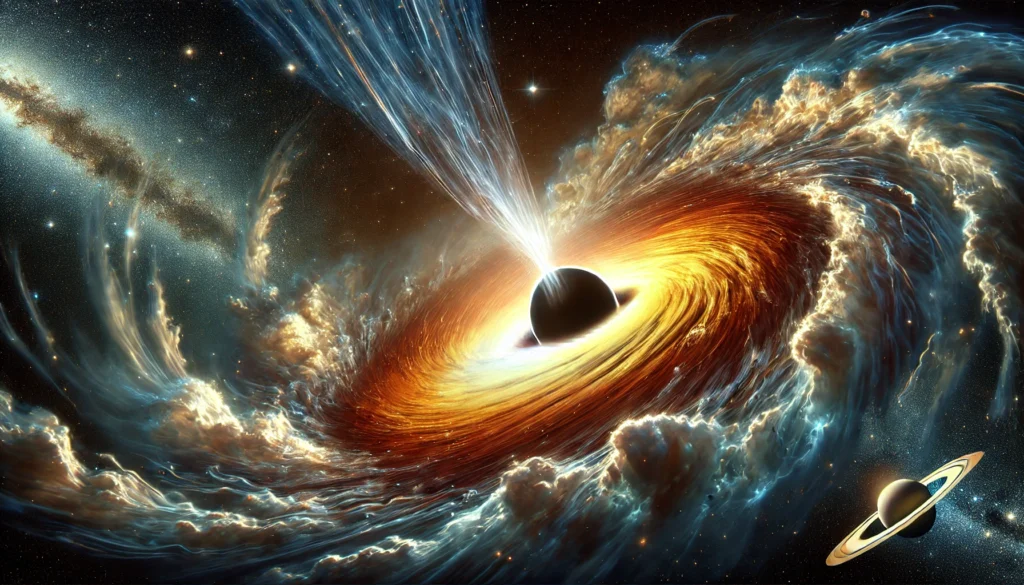
2. Thermonuclear Supernova (Type Ia Supernova):
In a binary star system, a white dwarf (the remnant of a smaller star) can accumulate material from its companion star. If the white dwarf gathers enough material to reach a critical mass, it triggers a thermonuclear explosion, leading to a Type Ia supernova. These explosions are incredibly bright and uniform, making them useful for measuring cosmic distances.
The Aftermath: The Creation of Elements and Black Holes
Supernovae are not just spectacular light shows; they are cosmic forges. During the explosion, the temperatures and pressures are so extreme that they create elements heavier than iron, such as gold, silver, and uranium. These newly formed elements are scattered across the cosmos, eventually becoming part of planets, asteroids, and even life itself.
One famous example is the supernova remnant known as the Crab Nebula, which is the aftermath of a supernova that was observed on Earth in 1054 AD. The Crab Nebula is a vast cloud of gas and dust, still glowing with the energy of the explosion.
In some cases, the core of the star that caused the supernova doesn’t completely disintegrate. Instead, it can collapse into a neutron star or, if the star is massive enough, into a black hole—a region of space where gravity is so strong that not even light can escape.
Supernovae and the Expansion of the Universe
Supernovae have also played a crucial role in our understanding of the universe’s expansion. By studying the light from distant Type Ia supernovae, astronomers discovered that the universe is not just expanding but that the rate of expansion is accelerating. This led to the groundbreaking discovery of dark energy, a mysterious force driving the accelerated expansion of the universe.
The Impact on Earth
Supernovae may seem like distant events, but they have a direct impact on Earth. For one, the elements that make up our planet—and everything on it—were forged in the hearts of stars and spread across the galaxy by supernovae. In a very real sense, we are all made of star stuff.
Supernovae can also influence life on Earth in more immediate ways. For instance, a nearby supernova could potentially strip away our planet’s ozone layer, exposing life to harmful ultraviolet radiation. Fortunately, no stars close enough to cause such an event are expected to go supernova anytime soon.
https://www.youtube.com/watch?v=f_CKqfx_SZw&pp=ygUoVGhlIFBoeXNpY3MgQmVoaW5kIFN1cGVybm92YSBFeHBsb3Npb25zIA%3D%3D
Anecdotes from History: The First Observers of Supernovae
Supernovae have been observed by humans for millennia. One of the earliest recorded observations was by Chinese astronomers in 185 AD, who noted a “guest star” that appeared in the sky. Another famous observation was the supernova of 1572, witnessed by the Danish astronomer Tycho Brahe. These observations were crucial in challenging the then-prevailing belief that the heavens were unchanging and perfect.
Conclusion
Supernovae are not just spectacular cosmic events; they are the engines of creation and destruction in the universe. They play a vital role in the cosmic cycle of life and death, seeding the universe with the elements necessary for planets—and life—to form. The next time you look up at the night sky, remember that the atoms in your body were once part of a star that exploded billions of years ago. Supernovae are a reminder of the incredible forces at play in the universe and our deep connection to the cosmos.
Author’s Note
Exploring the mysteries of the universe has always been a passion of mine, and supernovae represent some of the most exciting phenomena in space. I hope this blog has sparked your curiosity and provided a glimpse into the fascinating world of stellar explosions. Let’s keep looking up and wondering about the vast universe we are part of.
G.C., Ecosociosphere contributor.
References and Further Reading
- NASA: Supernovae
- NASA finds impossible planet that ‘shouldn’t be there’ around giant star | Science | News | Express.co.uk. https://www.express.co.uk/news/science/1819403/nasa-impossible-planet-8-ursae-minoris-b-halla
- Astronomers Snap A Pic Of A Spiral Galaxy That Hosted Two Supernova Explosions – SlashGear. https://www.slashgear.com/astronomers-snap-a-pic-of-a-spiral-galaxy-that-hosted-two-supernova-explosions-02241448/
- Dark Energy | Research Matters. https://researchmatters.in/index.php/tags/dark-energy
- . https://www.ool.co.uk/blog/exploring-unseen-realms-of-the-universe/
- 15 Extraordinary Facts About Intergalactic Filaments – Facts.net. https://facts.net/nature/universe/15-extraordinary-facts-about-intergalactic-filaments/

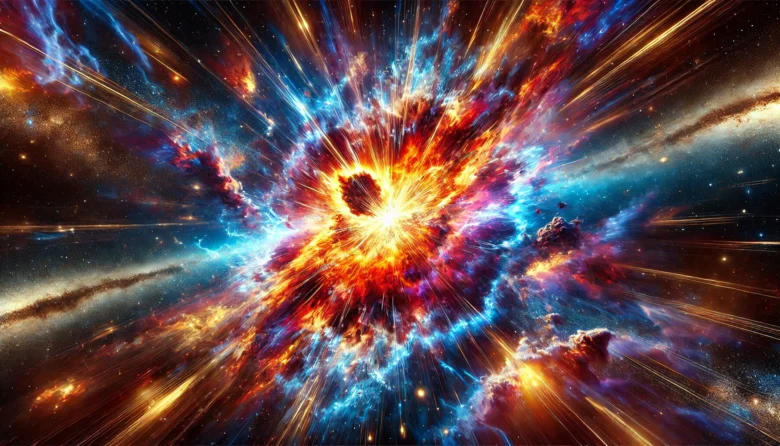
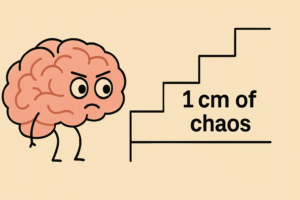
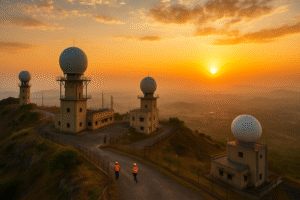
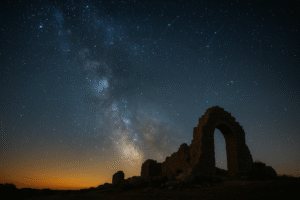
Comments
Hi there! I’m at work browsing your blog from my new iphone 4! Just wanted to say I love reading your blog and look forward to all your posts! Carry on the excellent work!
Thanks for your post. I’d like to comment that the cost of car insurance differs from one plan to another, given that there are so many different issues which give rise to the overall cost. By way of example, the model and make of the vehicle will have a huge bearing on the charge. A reliable outdated family vehicle will have a more affordable premium than just a flashy sports car.
You’ve been great to me. Thank you! http://www.ifashionstyles.com